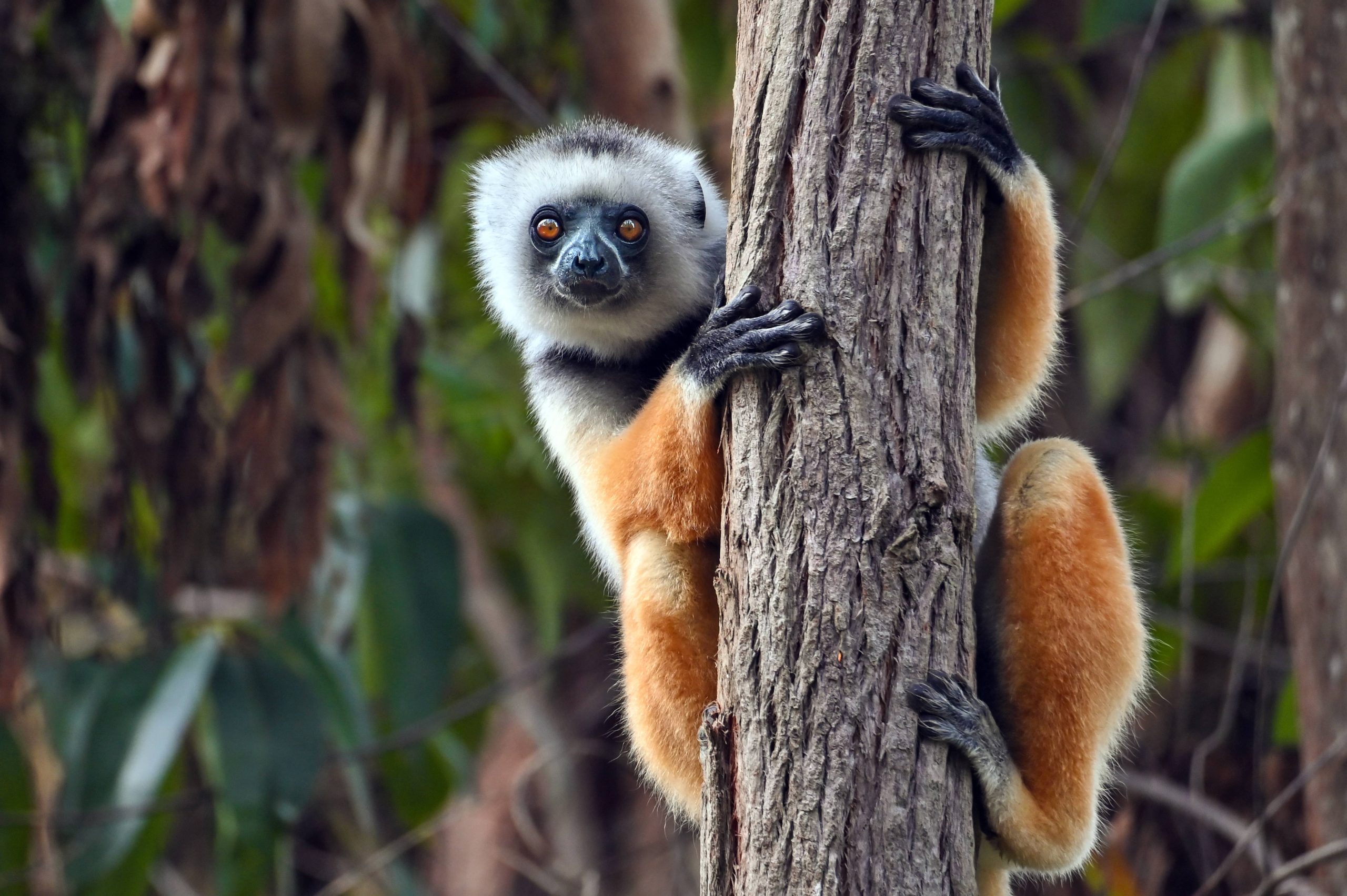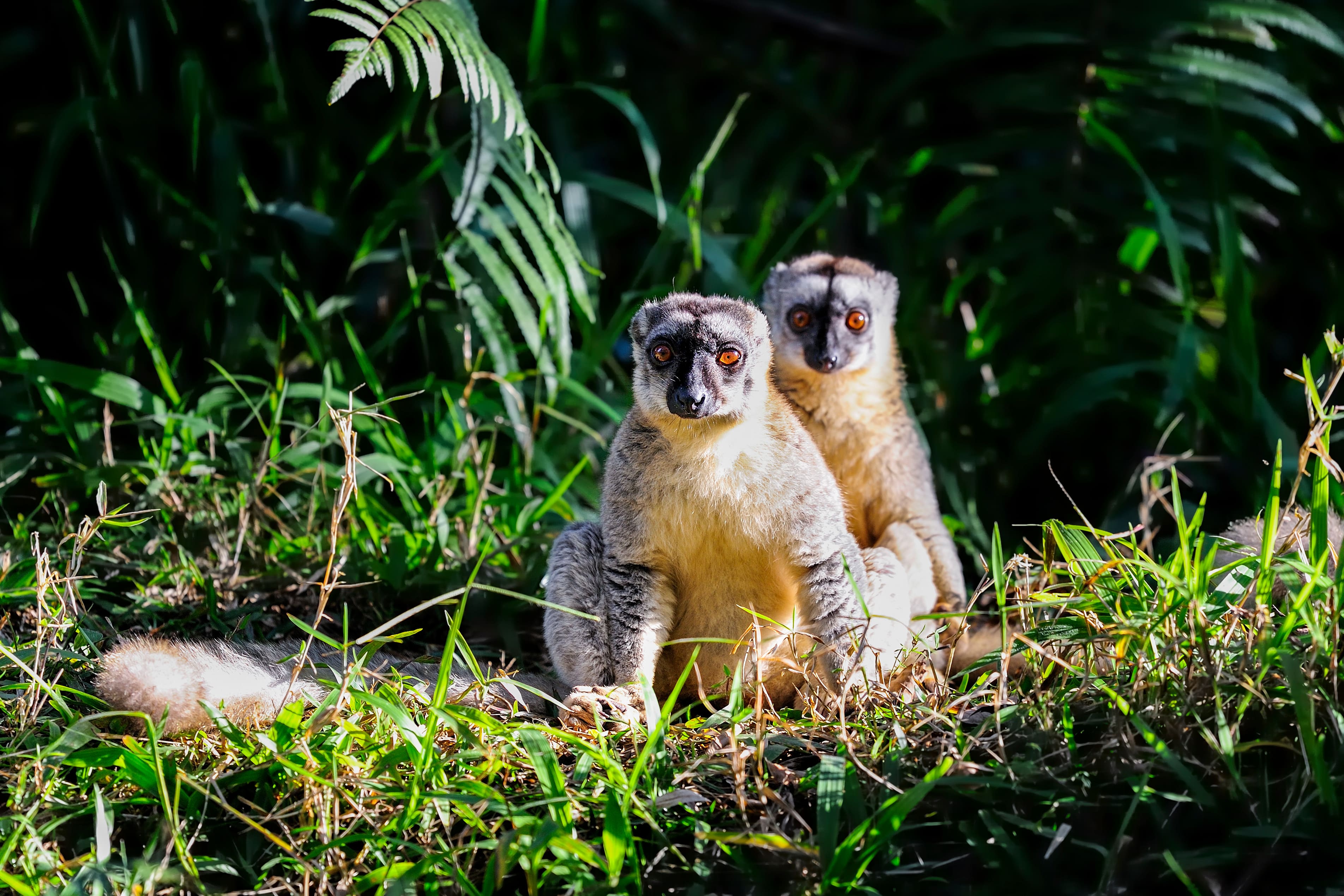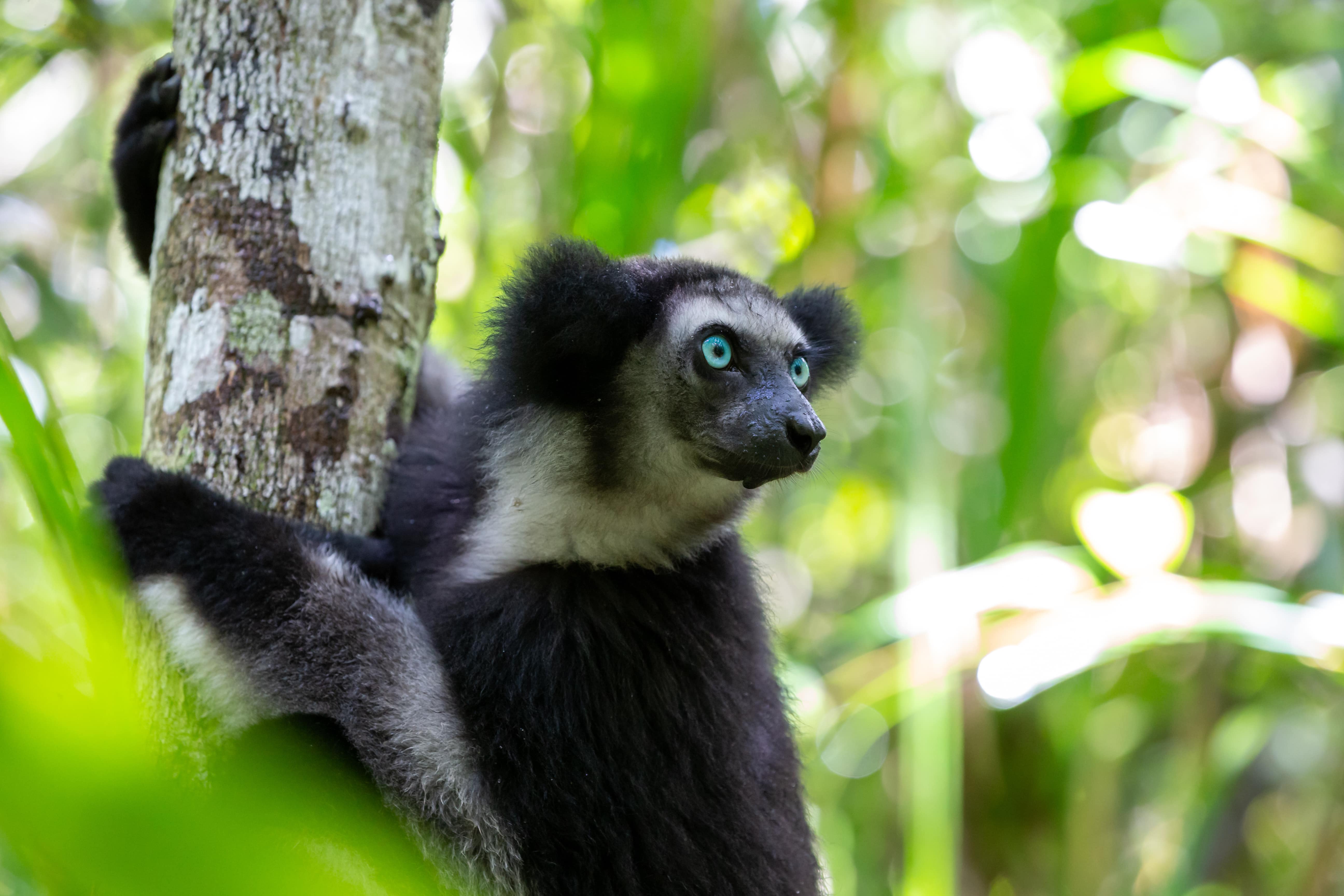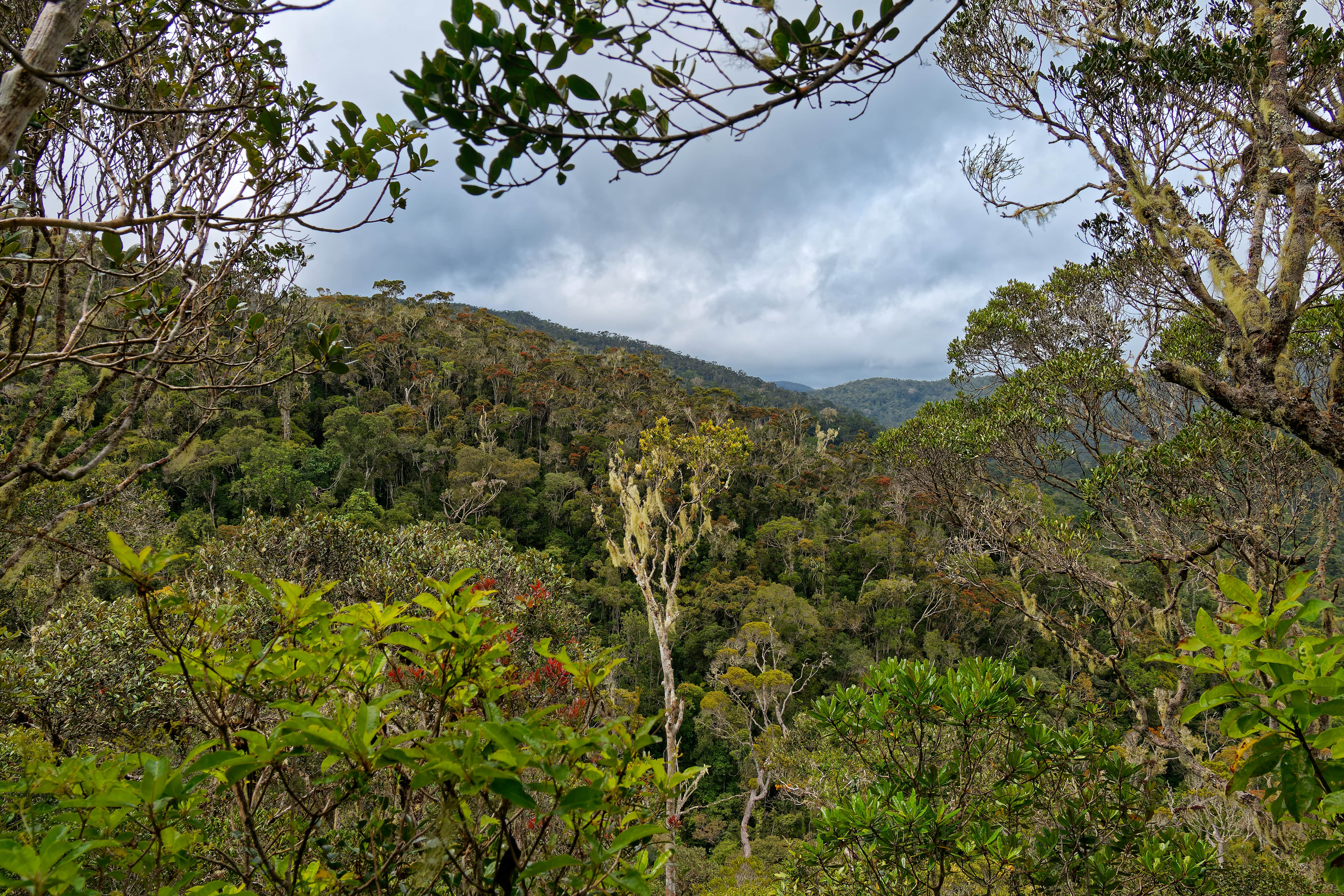
Mantadia
On the plan
VISIT US
Depending on your means of transport :
- Ground Transportation
Access to the park requires a field car:
- Take Route Nationale N°2 between Antananarivo and Tamatave.
- Arriving in Moramanga, continue on the same national road to Andasibe, 26km away.
- Turn right, then drive to the park's reception post.
- Maritime transport
None
- Air transport
None
Ideal period
You can visit the park all year round, but the best time to visit is during the dry season, from May to October. During this period, conditions are ideal for observing wildlife, including lemurs, birds and other endemic species. However, the period from November to April can also be interesting if you're keen on birdwatching or want to explore greener nature, although rain is more frequent.
Available activities
- Hiking,
- Guided tours,
- Green class,
- Excursion,
Reception infrastructures
A visitor center, located at the entrance to the park, welcomes visitors on arrival and provides information on prices, tours, timetables and arrangements with local guides.
Droits et tarifs
Download the reference document to find out more about park fees and charges.
Advisory equipment
To make the most of your visit, it is essential to be well prepared and to bring the following equipment:
- Appropriate clothing: hiking boots; light but covering clothing; waterproof jacket (there may be a few showers, even in the dry season)
- Mosquito protection: mosquito repellent; mosquito repellent cream or spray
A good pair of binoculars is ideal for observing animals from a distance - Useful accessories: water bottle
Code of conduct
- Animals may not be touched
- Always bring a ticket with you on every visit
- Guiding with local guides compulsory
The circuits
| Tours | Summary | Difficulty | Duration | Tour plans |
|---|---|---|---|---|
| RIANASOA | A natural pool, streams, insects, birds | Easy | 2h | |
| CHUTE SACREE | Palm tree | Easy | 2h | |
| TSAKOKA | Lemurs, endemic birds, such as “Pitta-like Grand roller or Tsakoka”, amphibians | Difficult with steep slopes | 3h |






